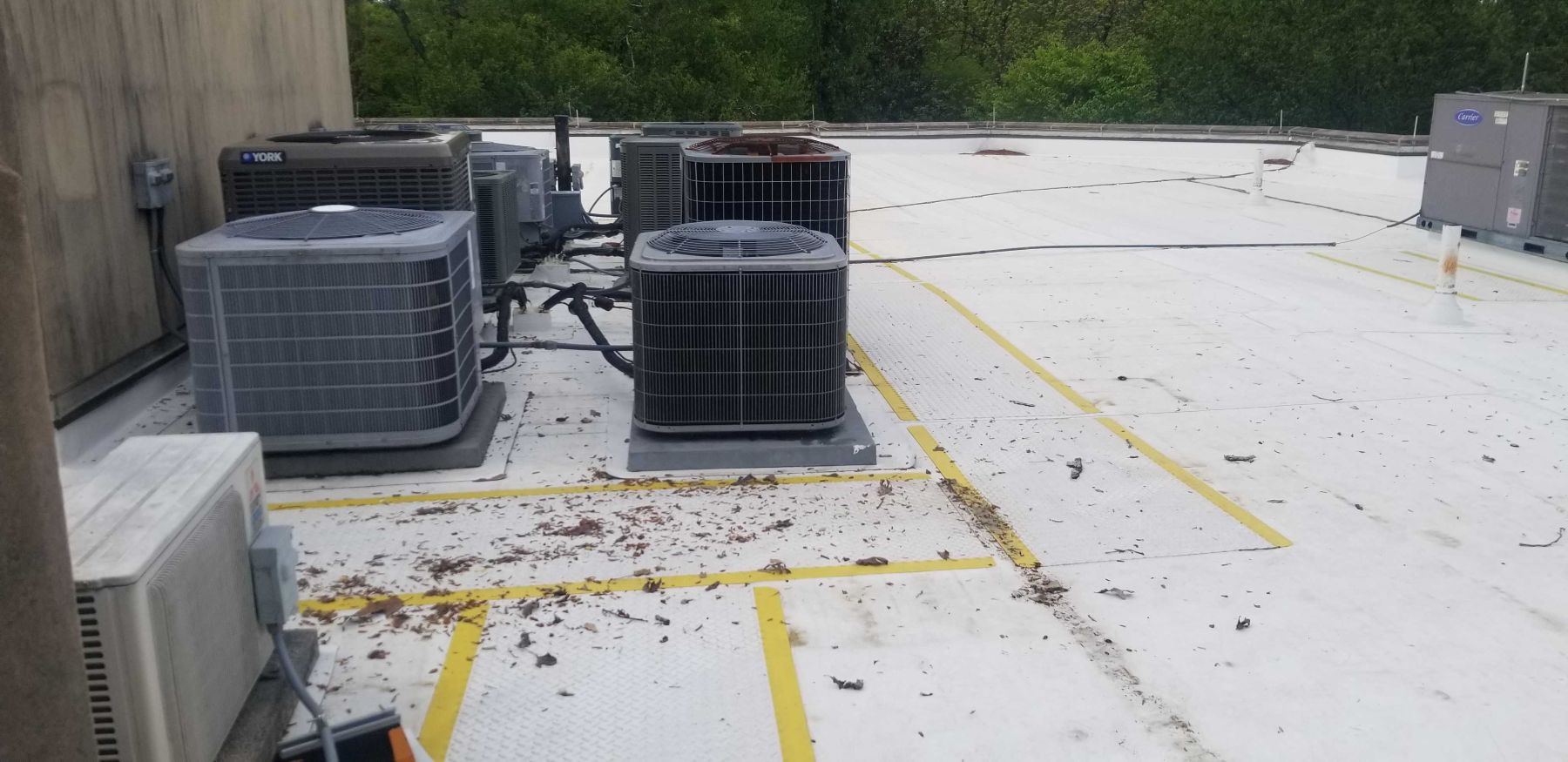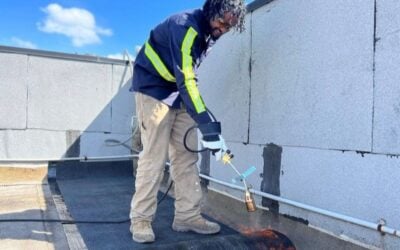Water inside your building near a rooftop HVAC unit? Before assuming the roof is leaking, here’s what you should know: most water issues at HVAC units have little to do with the roofing membrane itself.
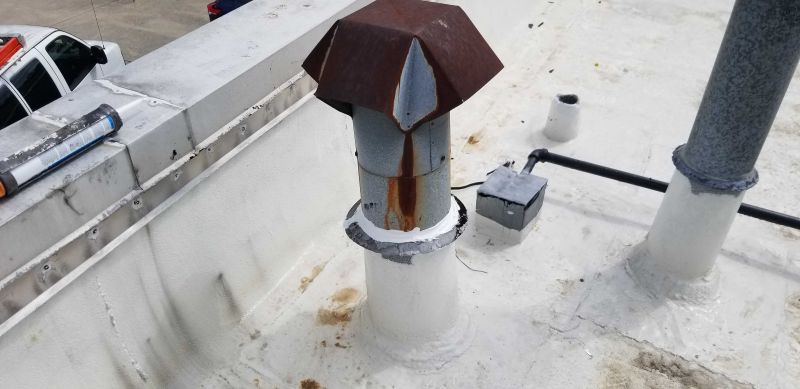
🛠 Common Leak Causes at Rooftop Units:
- Flashing Failures
Flashing around the base of HVAC units (called curbs) can crack, separate, or degrade over time — especially if they weren’t installed correctly. - Negative Pressure Systems
If your HVAC unit is pulling more air out than it brings in (common in many buildings), it can suck rain or humid air through small gaps at curbs or seams, even if the roof is watertight. - Condensate Pan Failures
HVAC units generate moisture through normal operation. If the pan inside the unit is damaged or corroded, it may leak water into the building. - Missing or Improper P-Trap on Drain Line
Without a properly installed P-trap, water from the unit’s drain line can back up and overflow — especially in negative pressure systems, where suction can block drainage altogether.
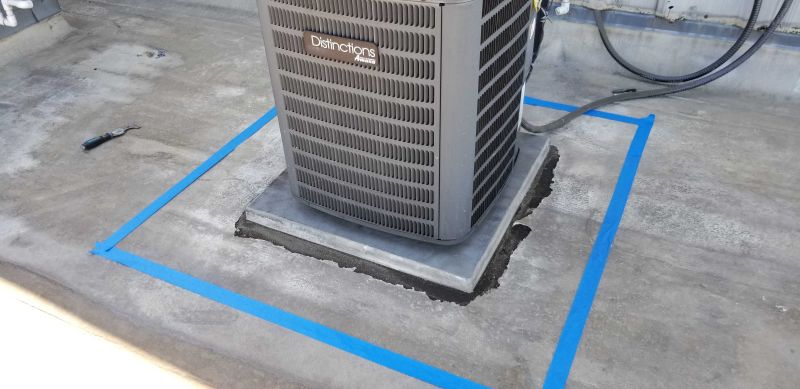
🧪 How Professionals Diagnose It:
Roofers and HVAC techs often work together to test the area. A roofer can simulate rain with a water test, but here’s the key:
The HVAC unit must be operating during the water test to reveal pressure-related leaks.
✅ What You Can Do:
- Be cautious about assuming it’s a “roof leak.”
- Have your service provider inspect flashing, drainage, and unit pressure.
- Ask about condensate drain design, especially the presence of a P-trap.
- Encourage HVAC and roofing teams to work together to diagnose persistent leaks.
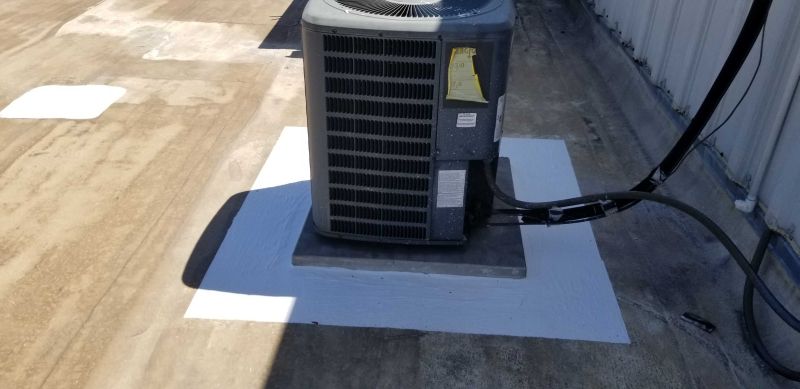
Final Thought:
A surprising number of “roof leaks” turn out to be HVAC-related. Having both your roofer and HVAC technician inspect the issue — and test under real conditions — is the most effective way to solve the problem at its source.

